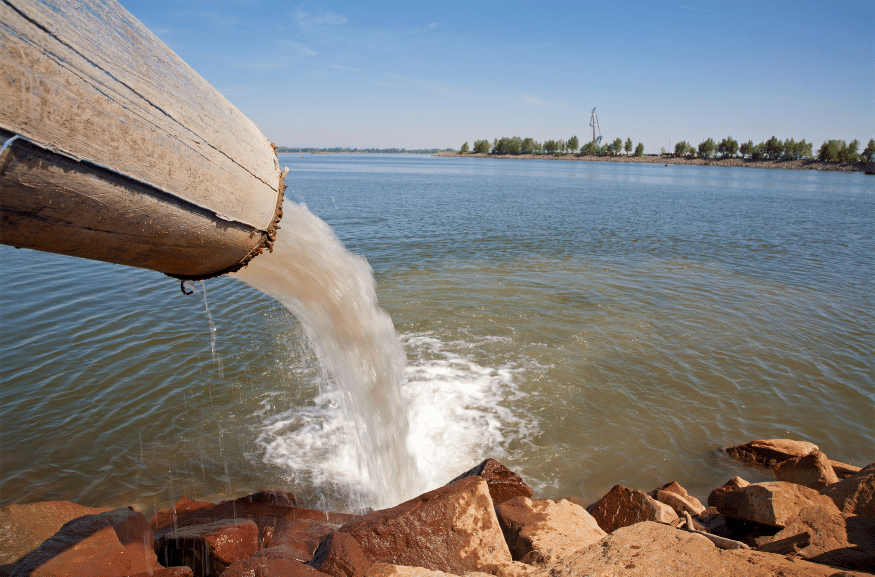Phase I & II ESA

Phase I Environmental Site Assessments (Phase I ESAs) assess, investigate, and identify environmental conditions with a particular property. Phase I ESAs are frequently required prior to real estate transactions. Phase I ESAs are performed in accordance with ASTM procedure E1527-05, known as the Standard Practice for Environmental Site Assessments; Phase I. Only after a Phase I ESA is performed and the property found to be contaminated, will a Phase II ESA be conducted. Phase II ESAs include sampling of surface and sub-surface soils, ground petroleum hydrocarbons, heavy metals, pesticides, solvents, and building materials for possible asbestos, lead, and mold contamination.
Phase I Environmental Site Assessments
- On-site visual observation
- Assessment of risks from surrounding properties
- Review of database records
- Review prior land usage
- Review historical aerial photos
- Chain-of-title investigation
- Review of floor plain maps
- Interview persons with knowledge of the property


Phase II Environmental Site Assessments
- Sampling of soils, ground water, or building materials
- Analytical testing
- Analytical results interpretations
- Identification of contaminant(s)
- Depth of the contamination (surface and subsurface)
Phase I Environmental Site Assessments
Comprehensive Historical Research & Regulatory Review
A Phase I Environmental Site Assessment (ESA) includes an in-depth investigation of a property’s historical land use through records such as aerial photographs, fire insurance maps, city directories, and government environmental databases. This research helps identify past industrial activities, underground storage tanks, hazardous waste sites, or previous land contamination that could pose a risk to future development or transactions. By analyzing regulatory reports from the EPA, state environmental agencies, and local records, environmental consultants determine whether the property has been subject to environmental violations or cleanup efforts.
Thorough On-Site Inspection & Visual Assessment
A key component of a Phase I ESA is a physical site inspection conducted by environmental professionals to identify visible signs of contamination, such as chemical spills, deteriorating structures, or abandoned industrial equipment. This inspection also assesses soil conditions, water sources, and surrounding land use to determine potential environmental risks that could impact the property. Consultants document any evidence of hazardous material storage, improper waste disposal, or nearby environmental concerns that may require further investigation.
Detailed Report & Risk Evaluation
After completing research and site inspections, a comprehensive Phase I ESA report is prepared, summarizing findings and identifying any recognized environmental conditions (RECs). This report includes risk assessments, regulatory compliance evaluations, and recommendations for next steps, such as conducting a Phase II ESA for soil and groundwater testing if contamination is suspected. The final report helps property buyers, lenders, and developers make informed decisions, mitigate liability risks, and ensure compliance with environmental regulations before finalizing a transaction.
Phase II Environmental Site Assessments
In-Depth Soil, Groundwater, & Air Sampling
A Phase II Environmental Site Assessment (ESA) involves collecting and analyzing soil, groundwater, and air samples to determine the presence and concentration of hazardous substances. Environmental professionals use specialized drilling and sampling equipment to extract soil and water from various depths, testing for contaminants such as petroleum hydrocarbons, heavy metals, volatile organic compounds (VOCs), and other toxic chemicals. These laboratory-analyzed results help determine the extent of contamination and whether remediation efforts are required to bring the site into compliance with environmental regulations.
Geophysical & Subsurface Investigations
In addition to soil and water testing, a Phase II ESA may include geophysical surveys to detect underground storage tanks (USTs), buried drums, or other hidden environmental hazards. Ground-penetrating radar (GPR) and electromagnetic conductivity testing help identify potential contamination sources beneath the surface without invasive excavation. This step is crucial in evaluating subsurface risks that may not be visible during a Phase I ESA but could pose long-term liability and environmental hazards.
Detailed Findings Report & Remediation
After completing testing and data analysis, environmental professionals compile a comprehensive Phase II ESA report outlining the findings, contamination levels, and regulatory implications. If pollutants exceed acceptable limits, the report will include recommendations for remediation, such as soil excavation, groundwater treatment, vapor mitigation, or risk-based corrective actions. This document is essential for property buyers, developers, and lenders to understand potential environmental liabilities, assess cleanup costs, and make informed decisions regarding site redevelopment or regulatory compliance.
Regulatory Information
Texas is one of a few states that are highly regulated when dealing with hazards in residential and commercial properties. The Texas Department of State Health Services is in charge of handling regulations for asbestos in commercial properties and mold within residential and commercial properties. There is a great amount of information concerning rules and regulations that can be found on the sites given below.
